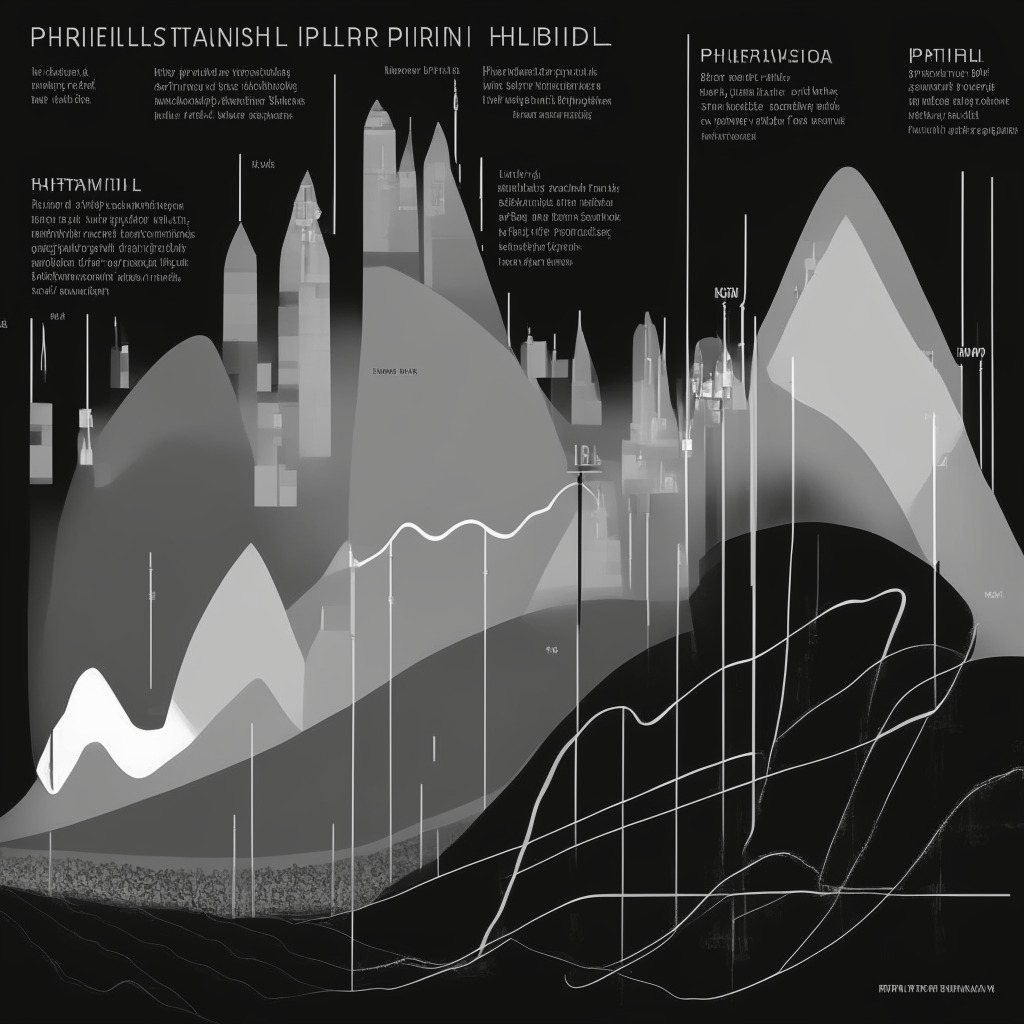Even though several analysts hinted at a potential U.S. recession this year, markets continue to rally with the S&P 500 Index noting a 19% gain year-to-date. Metrics like inflation are behaving contrary to the community’s anticipation, reaching just 3% in June, and sparking discussions that the expected recession is not around the corner. Amidst these buzzing economic indicators, three essential metrics show a consistent ability to predict recessions – the yield curve, economic indicators (LEI), and the Purchasing Managers’ Index (PMI).
Looking historically, the yield curve, which demonstrates the relationship between short-term and long-term interest rates on government bonds, successfully preceded several recessions. Usually, long-term bonds offer higher yields than short-term bonds to compensate investors for potential risks. When short-term bonds start providing higher returns, it intimates investors have anxieties about the economy and expect imminent interest rate reductions. The current yield on a two-year treasure note stands at 3.25%, with the 10-year counterpart at 2.95%; this is a typical pattern observed prior to economic slowdowns.
The Leading Economic Indicators(LEI), compiled by non-profit research organization The Conference Board, present certain data points such as building permits, consumer expectations, stock prices etc. When these indicators hint a declining trend or show constant negative movement, it’s a signal of an oncoming recession. The consumer confidence index stands at a reading of 117, its peak in two years, suggesting only a 25% chance of a recession within six months – down from 30% the preceding moth.
On the other hand, the Purchasing Managers’ Index (PMI), based on indicators like new orders, inventory levels, production, supplier deliveries, and the employment environment, suggests the manufacturing sector. A PMI of more than 50 suggests expansion, and readings under 50 imply contraction. The manufacturing sector’s PMI verified a decrease to 46.0 in July 2023, the lowest since December 2022.
While this sluggish manufacturing growth is cause for concern, some aspects of the economy continue to thrive amidst low employment rates and wage increases. The contrasting economic indicators inject a sense of hesitancy in adding risky positions in the market because of anticipation of tighter monetary policies by the Federal Reserve and further interest rate hikes. The Federal Reserve has a challenging path to navigate. Too stringent a policy could potentially push the economy down quite swiftly, possibly leading to a recession, while excessive leniency might trigger high inflation, destabilizing the currency.
For Bitcoin investors, these mixed signals add to the confusion. Despite Bitcoin’s general correlation with the stock market, unusual oscillations have been observed in recent months. Tracking the Federal reserve’s decisions provides crucial insights into investor behavior in these uncertain economic times. While increasing interest rates signify stability, potential good news for the cryptocurrency market in the short term, interest rate cuts suggest economic concerns that might have repercussions on risk-on markets at large.
Source: Cointelegraph




